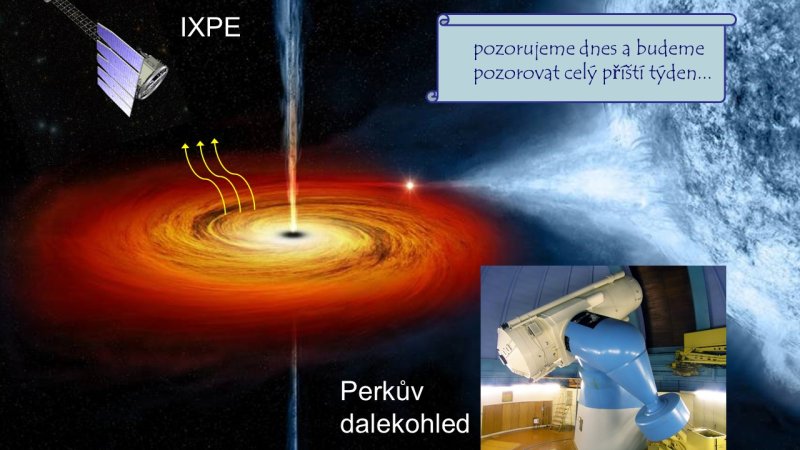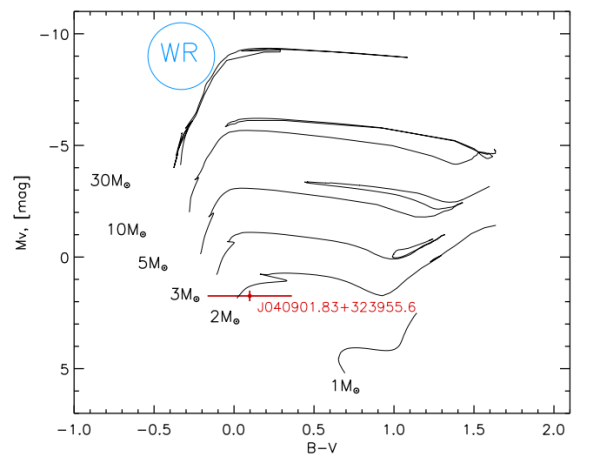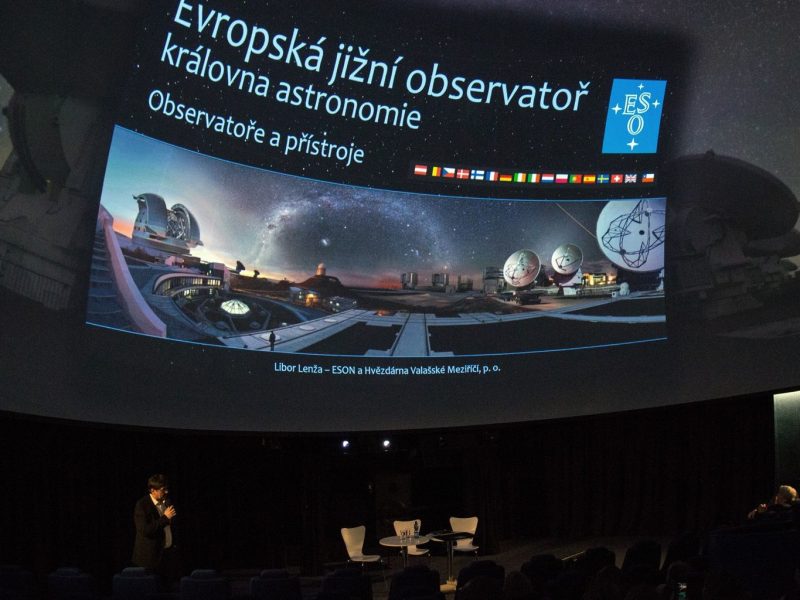The IXPE (Imaging X-ray Polarimetry Explorer) NASA satellite, launched last December, allowes scientists to study X-rays, including the polarization. And in upcomming days it will focus on a stellar black hole for the first time. Not surprisingly, the first black hole examined will be the first discovered – the famous Cyg X-1 a black hole in the constellation Cygnus. From new measurements, scientists are expecting new insights into exactly where the observed X-rays originate. An international scientific team, including several researchers from the Astronomical Institute of the ASCR, participated in the preparation of the observations. The system will also be observed using the OES (Ondřejov echelle spectrograph) installed in the focus of the two-meter Perek telescope in Ondřejov.
With the help of the largest Czech telescope, with a new optical configuration and much higher efficiency since last upgrade in 2019, scientists will study the mass transfer from a blue giant star towards a black hole and will examine a possible corelations with the measured X-rays emitted by matter in close proximity of a black hole. The observation campaign, which has been running since May 15, will take a whole week, which is aproximately the period it takes the black hole and a blue giant to complete their orbit. This time is also needed to obtain the required sensitivity to measure X-ray polarization, which is estimated at only a few percent depending on how and where exactly X-rays are scattered and reflected. The new measurements should help us better understand the physical processes and conditions in strong gravity field around a black hole, which is 20 times heavier than the Sun, but its size is comparable to Prague.
More information:
- source: Official ASU website (in Czech)
- on web page Vesmír pro lidstvo (in Czech)
- IXPE mission: https://ixpe.msfc.nasa.gov
- Perek 2-meter telescope
The Czech scientific team: Michal Dovčiak, Jiří Svoboda, Petr Hadrava, Mauricio Cabezas, Brankica Kubátová, Olga Maryeva, Miroslav Šlechta, Jakub Podgorný, Barbora Adamcová



